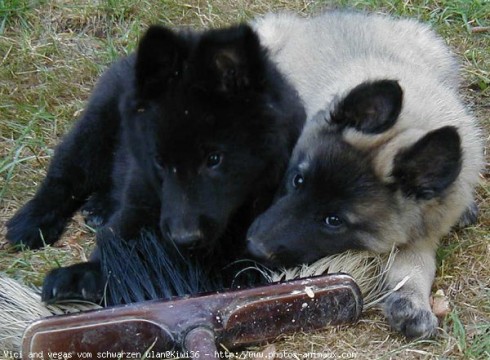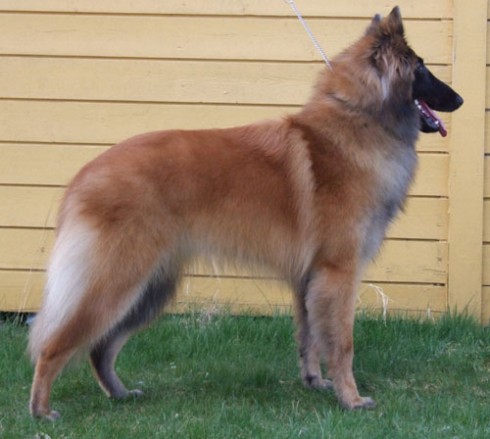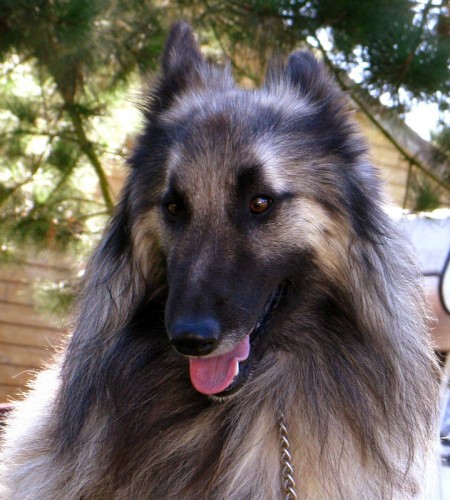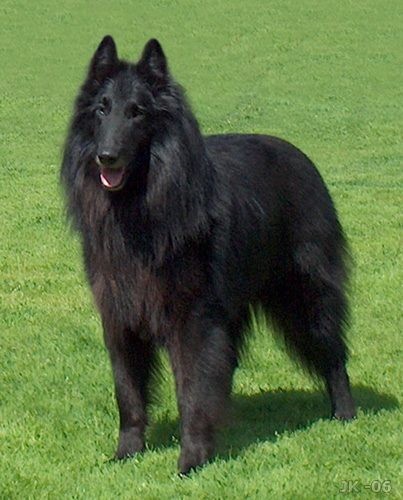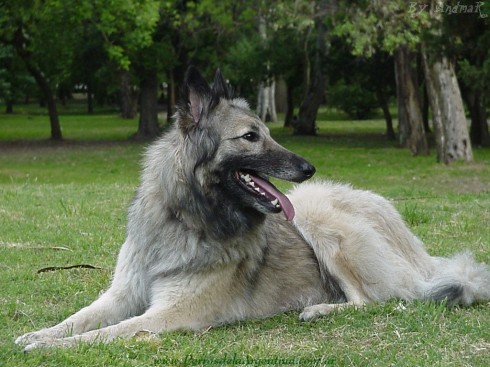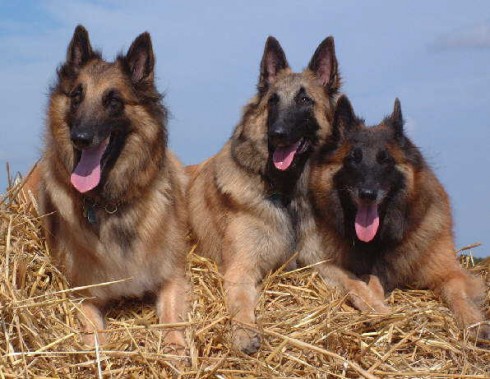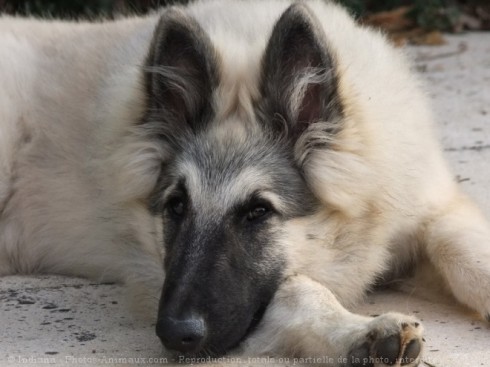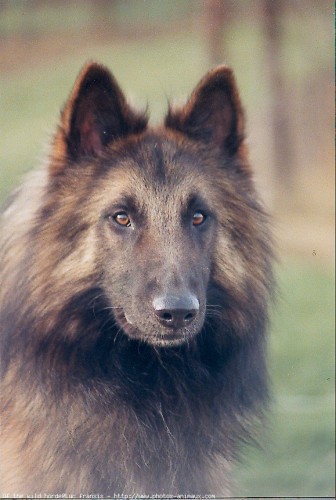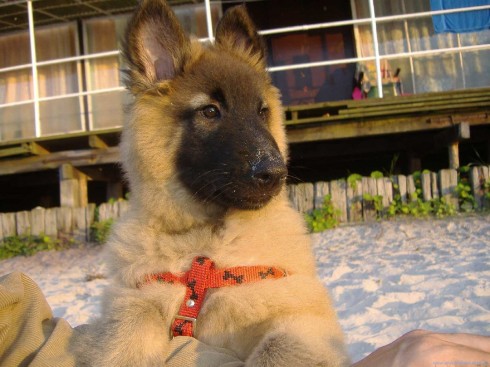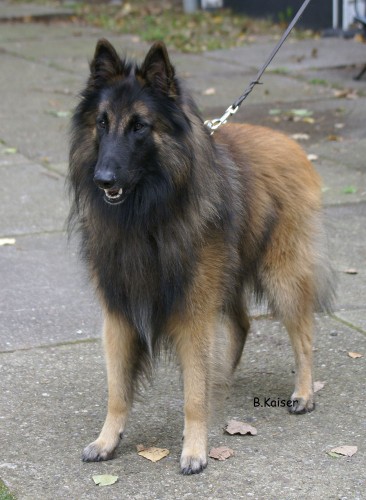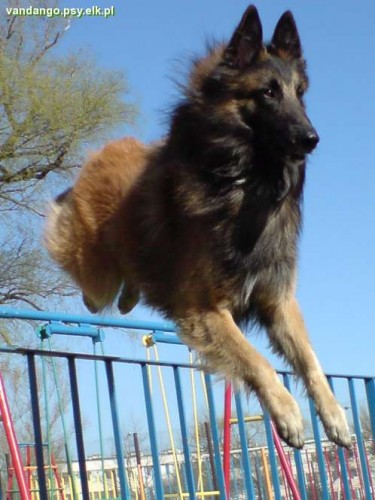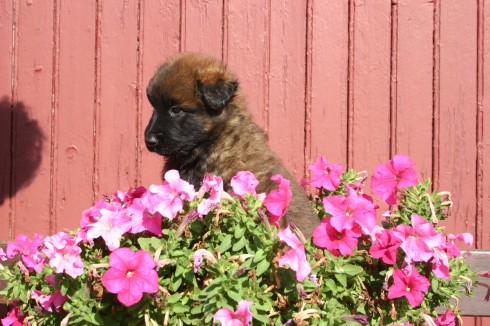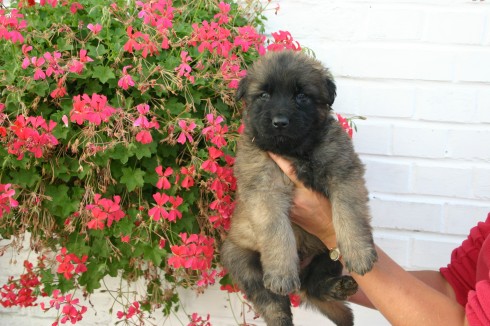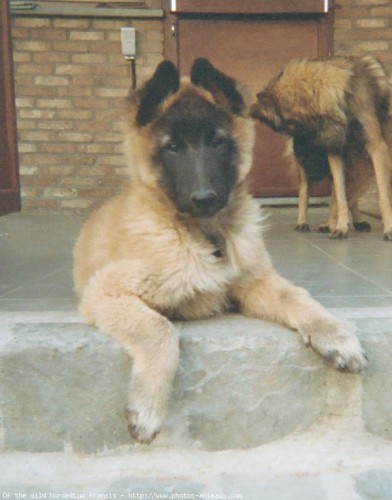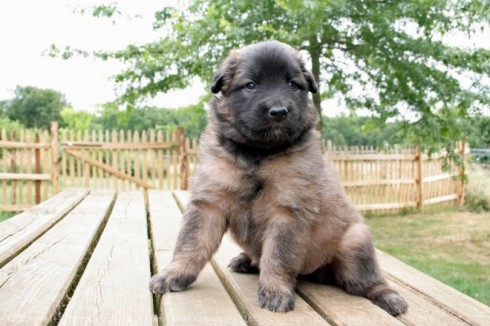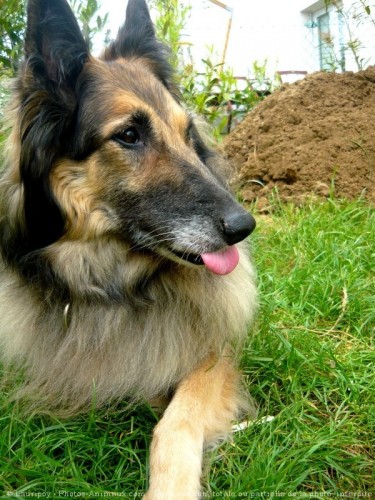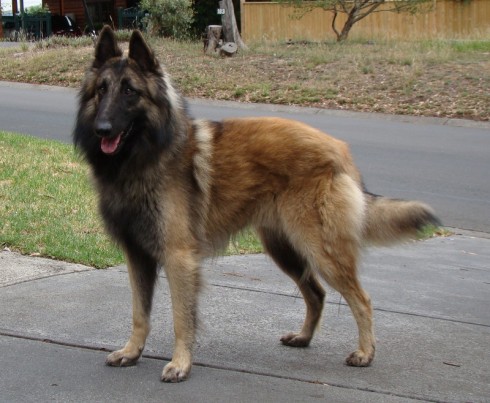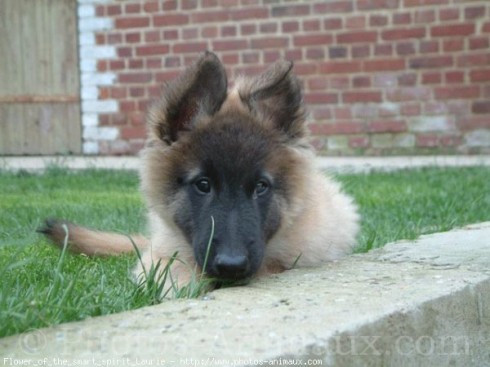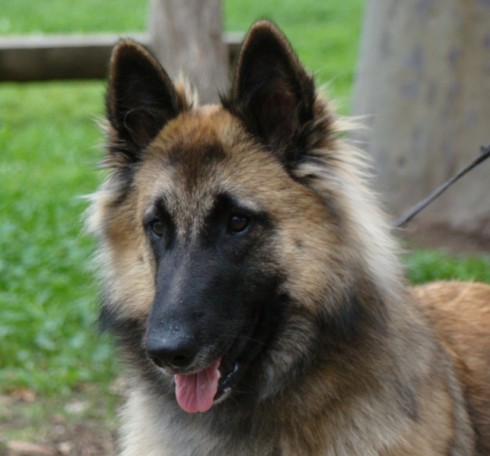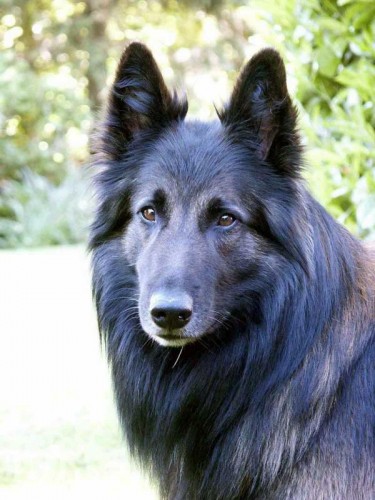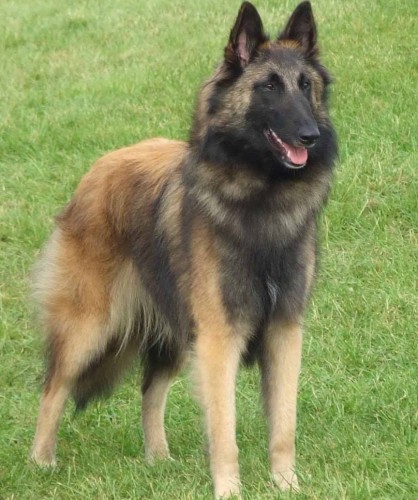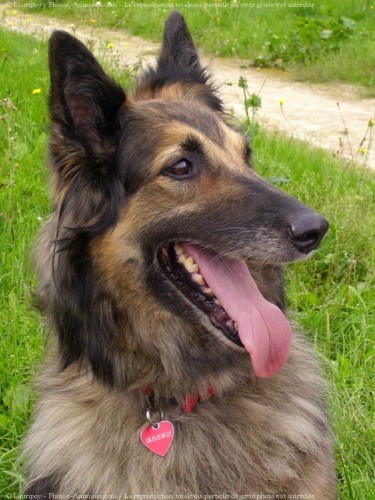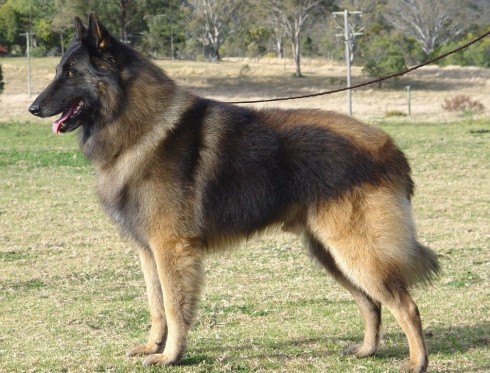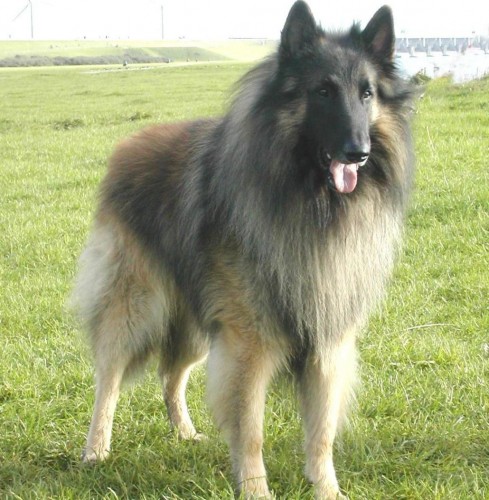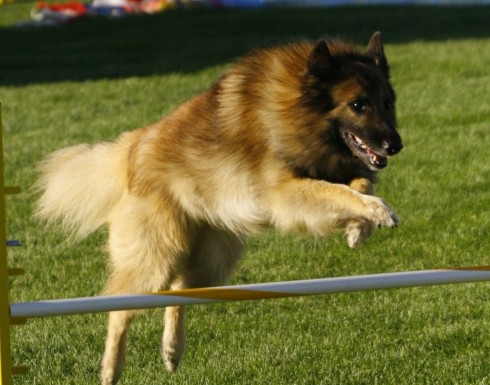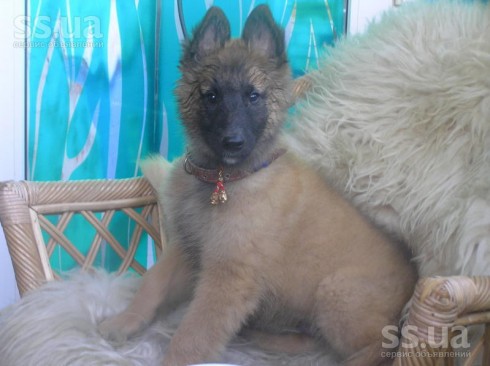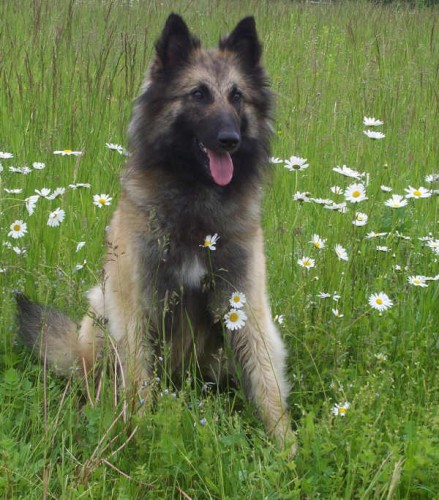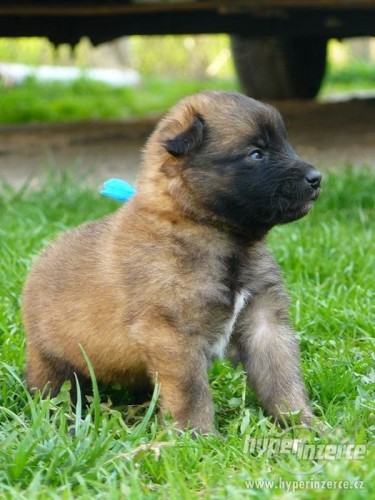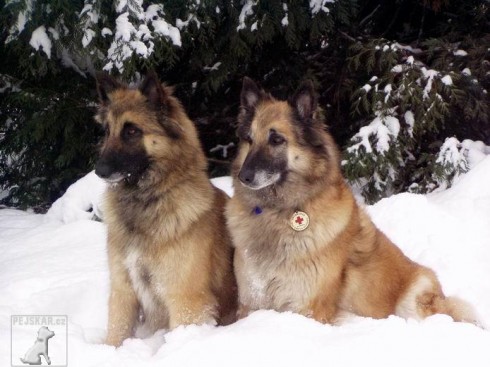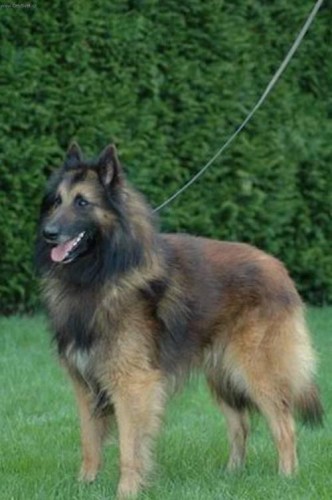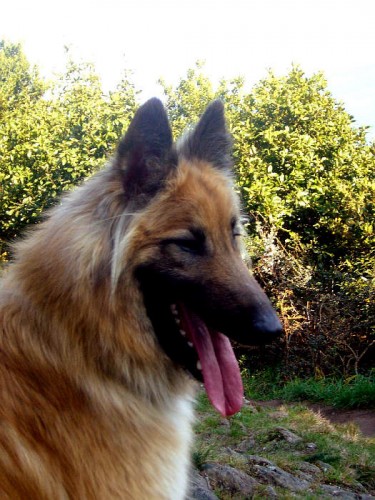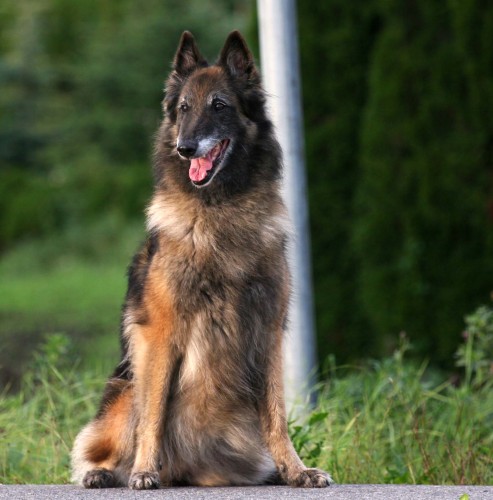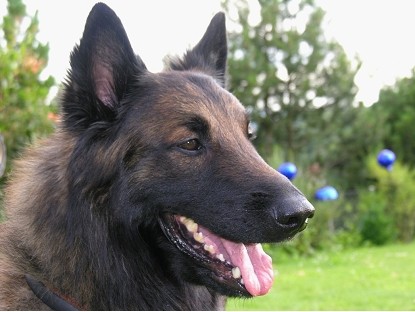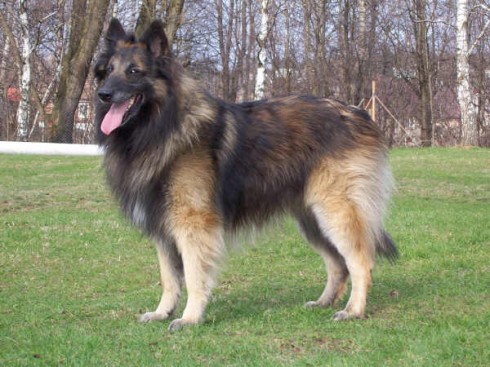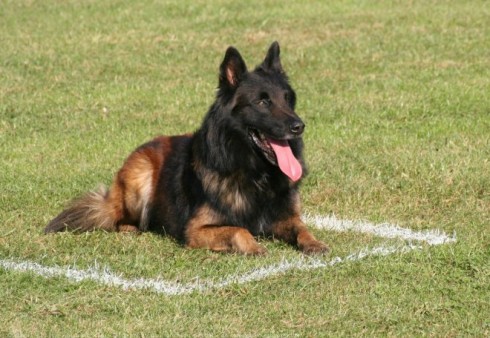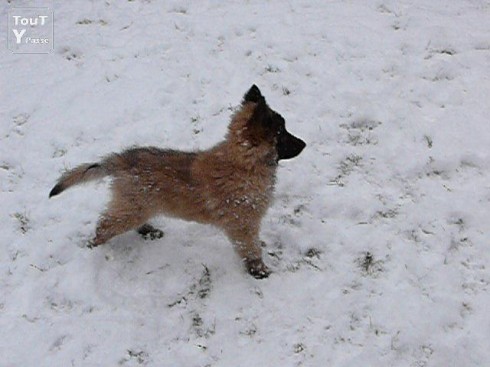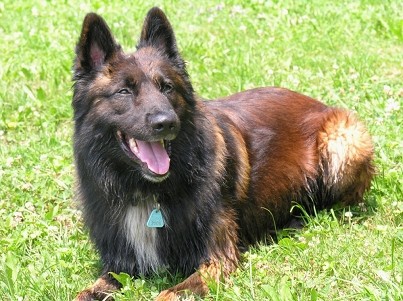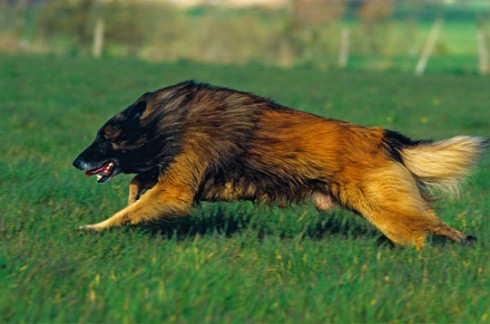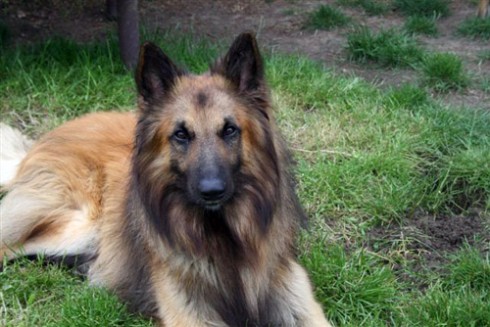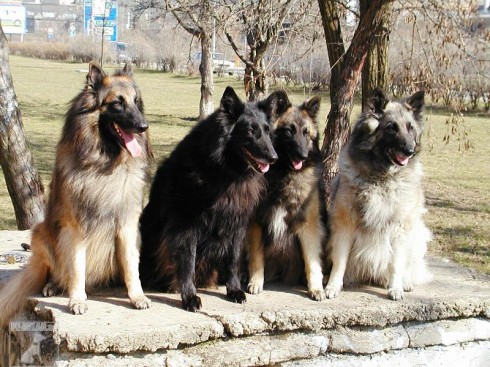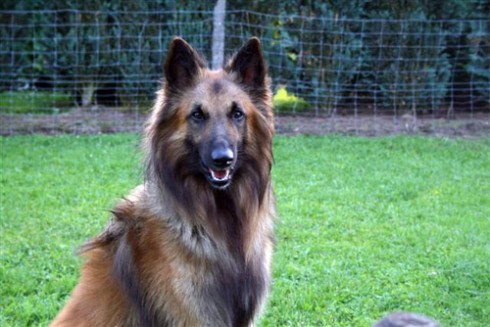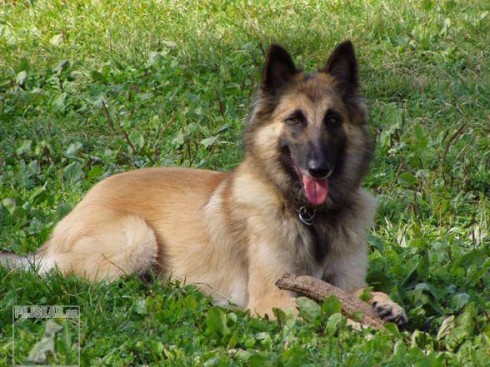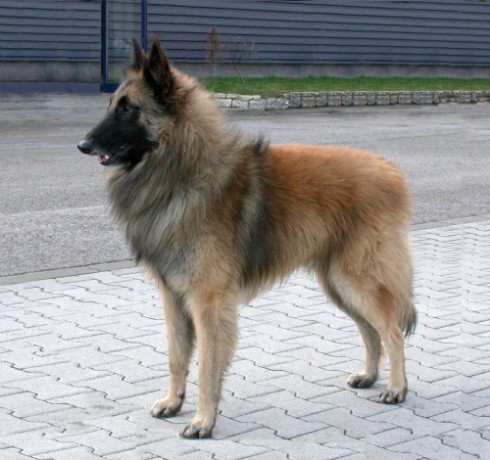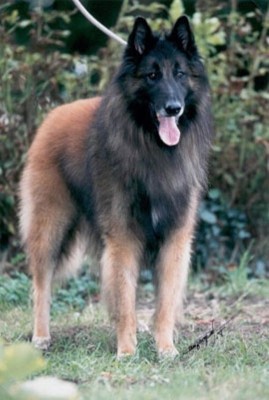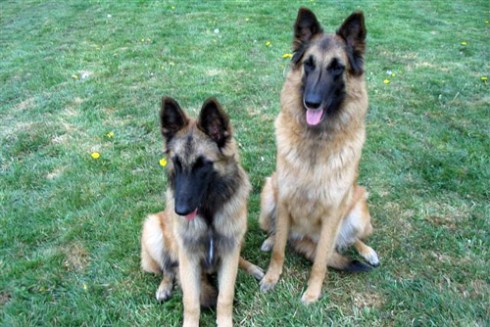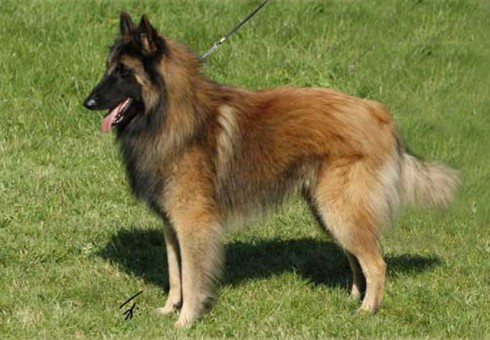Main Index
In Store
Our Web Store
Miniature Schnauzer Picture Gallery
Latest Dog Blogs
- What Are The Basic Commands To Train A Dog?
- PaySafe As The Most Popular Type Of Deposit
- Everything You Need To Know About Pet Sales
- Dogs Contribute To Our Physical And Mental Well Being
- How To Choose Where To Bet On Greyhounds In 2022
- Volunteer With Animals - How To Help Dogs Around The World
- Basic Understanding Of The House Edge
- Why You Should Get A Dog
- Top 20 Popular Dog Names Around The World
- Constipation in Dogs and How to Find Solutions
Tervuren
The Belgian Tervuren (Ter-VYUR-en) is a beautiful, intelligent dog that likes challenging activities and nearly constant companionship. Tervueren excel in activities and competitions. They make top-notch therapy or guide dogs for the disabled, and of course they are excellent at their original job, herding.
Did you know?
The variety designation, Tervueren, owes its name to the Belgian village of Tervueren.
The Tervueren was literally created after World War II, from the longhaired puppies in Malinois litters and the fawn-grey puppies in the Groenendael litters.
So you want to own a Belgian Tervueren?
The Belgian Tervueren's most identifiable feature is his long coat. The coat requires weekly brushing to remove excess hair.
He is an active dog who needs daily exercise.
The Belgian Tervueren needs to be a close companion. He usually chooses one person to whom he will become attached.
Indicative Breed Standard
General Appearance
Medium-sized dog, well proportioned, intelligent, attentive, hardy and alert. [Four Varieties: Groenendael; Laekenois, Malinois and Tervueren.]
Characteristics
With fine proportions and proud carriage of head, conveying an impression of graceful strength. Not only a sheep dog, but a guard dog.
Temperament
Wary, neither timid, nervous nor aggressive.
Head and Skull
Head finely chiselled, long but not excessively so. Skull and muzzle roughly equal in length, with at most slight bias in favour of muzzle, giving impression of a balanced whole. Skull of medium width in proportion to length of head, forehead flat, centre line not very pronounced; in profile, parallel to imaginary line extending muzzle line. Muzzle of medium length tapering gradually to nose. Nose black, well-flared nostrils. Moderate stop. Arches above eyes not prominent, muzzle finely chiselled under eyes. Cheeks spare, quite flat but well muscled.
Eyes
Medium size, neither protruding nor sunken, slightly almond-shaped, preferably dark brown; black rimmed eyelids. Direct, lively and enquiring look.
Ears
Distinctly triangular appearance, stiff and erect, set high, moderate length with external ear well rounded at base.
Mouth
Wide, lips thin-textured, very firm, strongly pigmented. Strong white teeth firmly set in well developed jaws. Scissor bite, i.e. upper teeth closely overlapping lower teeth and set square to the jaws. Pincer bite tolerated.
Neck
Very supple. Neck slightly elongated, well muscled and without dewlap, broadening slightly towards shoulders. Nape very slightly arched.
Forequarters
Withers distinct, strongly boned throughout with wiry, powerful muscle structure. Shoulder blades long and oblique, firmly attached, flat, forming such angle with humerus as to enable elbows to work easily. Forelegs long, well muscled, parallel. Pasterns strong and short. Carpus clearly defined. Dewclaws permissible.
Body
Body powerful but elegant. In males, length from point of shoulders to point of buttocks approximately equal to height at withers. In females slightly longer permissible. Chest deep and well let down. Ribs moderately well sprung. Upper line of body straight, broad and powerfully muscled. Belly moderately developed neither drooping not unduly cut up continuing lower line of chest in a graceful curve. Rump very slightly sloping, broad but not excessively so. Skin springy but quite taut over whole body. All external mucous membranes highly pigmented.
Hindquarters
Well muscled and powerful. Good but not excessive angulation; hocks well let down. Viewed from behind, legs parallel. Dewclaws to be removed.
Feet
Toes arched, very close together; soles thick and springy with large dark claws. Forefeet round. Hindfeet slightly oval.
Tail
Firmly set, strong at base, of medium length. When at rest, hangs down, with tip slightly bent backwards at level of hock; when moving it should lift accentuating curve towards tip, never curled, nor bent to one side. Tip may be carried slightly higher than topline.
Gait/Movement
Brisk, free and even.
Coat
There are three distinct coat types:
Groenendael/Tervueren - Outer coat long, straight and abundant. Texture of medium harshness. Not silky or wiry. Undercoat extremely dense. Hair shorter on head, outside of ears and lower part of legs. Opening of ear protected by hair. Hair especially long and abundant, ruff-like around neck, particularly in males. Fringe of long hair down back of forelegs, long and abundant hair evident on hindquarters and tail. Males longer coated than females.
Laekenois - Harsh, wiry, dry and not curly. Any sprinkling of fluffy fine hair in locks in rough coats is undesirable. Length of coat about 6 cms (21/2 ins) on all parts of body. Hair around eyes but not to obscure them. Muzzle hair not so long as to make head appear square or heavy. Tail not plumed.
Malinois - Hair very short on head, exterior of ears and lower parts of legs. Short on rest of body, thicker on tail and around neck where it resembles a ridge or collar, beginning at base of ear and extending to throat. Hindquarters fringed with longer hair. Tail thick and bushy. Coat thick, close of good firm texture with woolly undercoat, neither silky nor wiry. No variation in these types is acceptable.
Colour
The acceptable colours relate directly to coat type.
Groenendael - Black or black with limited white as follows: small to moderate patch or strip on chest, between pads of feet and on tips of hind toes. Frosting (white or grey) on muzzle.
Laekenois - Reddish fawn with black shading, principally in muzzle and tail.
Tervueren/Malinois - All shades of red, fawn, grey with black overlay. Coat characteristically double pigmented, wherein tip of each light coloured hair is blackened. On mature males this blackening especially pronounced on shoulders, back and rib sections. Black mask on face, not extended above line of eyes and ears mostly black. Tail should have a darker or black tip. Small to moderate white patch or strip permitted on chest, between pads of feet and on tips of hind toes. Frosting (white or grey) on the muzzle. Beyond the age of 18 months a washed out colour or colour too black undesirable. No variation on these colours by coat type is acceptable.
Size
Ideal height: dogs: 61-66 cms (24-26 ins); bitches: 56-61 cms (22-24 ins). Weight, in proportion to size.
// ]]>
About Our Article Directory
- Article
- 27 November 2010
- 2 comments
Canis lupus familiaris
- Breed Article
- 29 May 2010
- No comments
Quick Search
Donate
Latest Dog Pods
- Tips on How to Stop Your Dog from Biting
- Beware - Not All Advertised Dog Rescues Really Are! How Can You Know The Truth?
- Helpful Tips For Dog Obedience Problems
- How to Keep Dogs From Eating Poop
- Dog Grooming Tips - A General Overview of the Very Basics of Dog Grooming
- Recognising Different Types of Dog Obedience Problems
- 5 Important Tips On Feeding A Puppy


